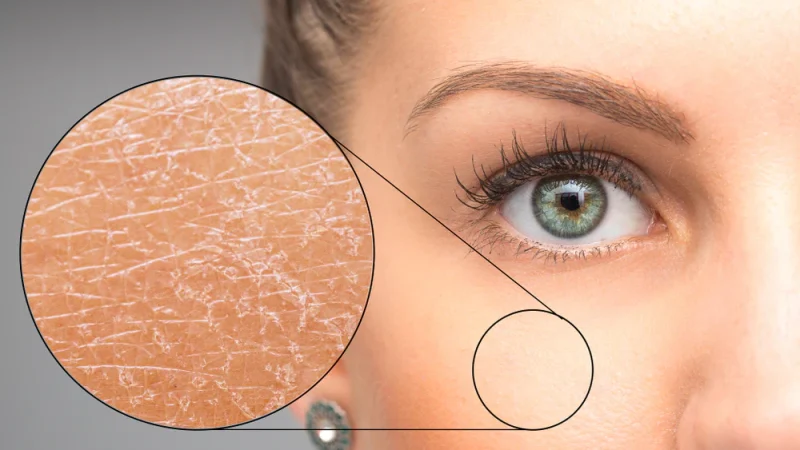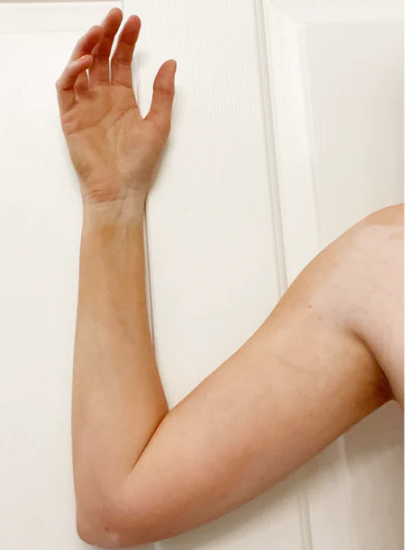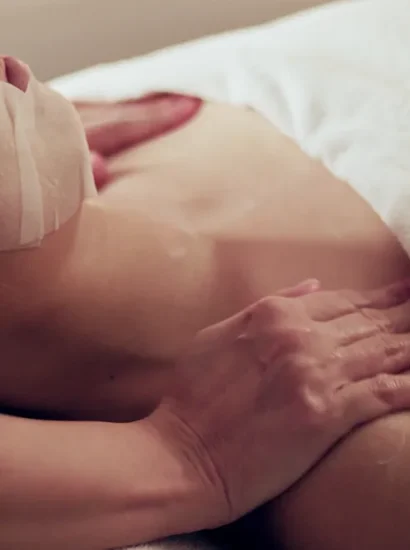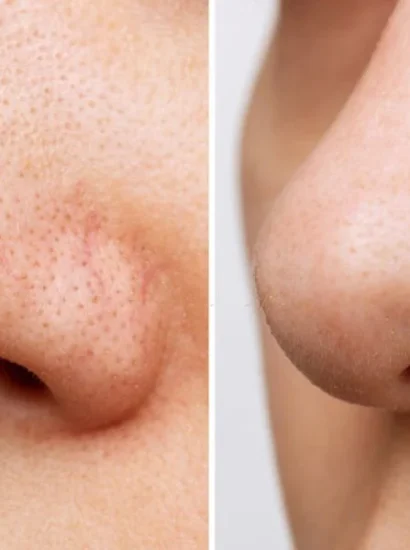Dead skin is a natural part of the skin’s renewal process, but misconceptions about it abound. In this article, we’ll debunk ten common myths surrounding dead skin and unveil the truth for achieving radiant, healthy skin. From exfoliation to skincare routines, understanding the reality behind these fallacies can transform your approach to skincare and unlock your skin’s true potential.
Myth: Dead Skin Causes Acne
Truth: While dead skin cells can contribute to clogged pores, they alone don’t cause acne. Bacteria, excess oil production, and hormonal factors play significant roles. Proper cleansing and exfoliation can help prevent dead skin buildup and reduce the risk of breakouts.
Myth: Scrubbing Harder Removes More Dead Skin
Truth: Scrubbing vigorously can damage the skin’s protective barrier and exacerbate issues like redness and sensitivity. Gentle exfoliation with mild products or chemical exfoliants is more effective and less harmful.
Myth: Dead Skin Can Be Eliminated Completely
Truth: Dead skin is a natural and necessary part of the skin’s renewal process. While regular exfoliation can help remove excess dead skin cells, completely eliminating them is neither possible nor desirable. Stripping away too many layers can damage the skin’s protective barrier and cause sensitivity.
Myth: Everyone Needs Daily Exfoliation
Truth: Exfoliation frequency should be tailored to individual skin types and concerns. Over-exfoliating can strip the skin of its natural oils and lead to irritation. Most people benefit from exfoliating 2-3 times a week, but sensitive skin may require less frequent exfoliation.
Myth: Chemical Exfoliants Are Harmful
Truth: Chemical exfoliants, such as alpha hydroxy acids (AHAs) and beta hydroxy acids (BHAs), are often gentler and more effective than physical scrubs. They work by dissolving dead skin cells and promoting cell turnover, resulting in smoother, brighter skin. When used correctly, they can be safe for most skin types.
Myth: Dry Skin Doesn’t Need Exfoliation
Truth: While dry skin may be more prone to flakiness, it still benefits from exfoliation. Removing dead skin cells allows moisturisers to penetrate more effectively, leading to improved hydration and smoother texture. However, it’s important to choose gentle exfoliants and moisturise adequately afterward.
Myth: Exfoliating Every Day Is Safe
Truth: Exfoliating daily can disrupt the skin’s natural barrier and lead to irritation, especially for those with sensitive skin. It’s essential to listen to your skin’s needs and adjust your exfoliation frequency accordingly. Less frequent exfoliation is often more beneficial in the long run.
Myth: Dead Skin Can Be Washed Away with Water
Truth: Water alone isn’t sufficient to remove dead skin cells. While cleansing is an essential step in skincare, it typically doesn’t provide thorough exfoliation. Incorporating exfoliating products into your routine is necessary to effectively slough off dead skin and reveal a radiant complexion.
Myth: Exfoliating More Equals Faster Results
Truth: Consistency is key when it comes to skincare, including exfoliation. Overdoing it in an attempt to speed up results can backfire and damage the skin. Slow and steady wins the race—stick to a regular exfoliation schedule and be patient for long-lasting improvements.
Myth: Dead Skin Is Harmless
Truth: While dead skin itself isn’t harmful, allowing it to accumulate can lead to a dull, lacklustre complexion and exacerbate other skin concerns. Regular exfoliation is essential for maintaining healthy skin and maximising the effectiveness of skincare products.
Conclusion
Understanding the truth behind common myths about dead skin is essential for achieving radiant, healthy skin. By debunking these fallacies and adopting a balanced approach to exfoliation and skincare, you can unlock your skin’s true potential and enjoy a glowing complexion.
FAQs
1. Is it possible to over-exfoliate Dead Skin?
Yes, over-exfoliating Dead Skin can lead to irritation, redness, and sensitivity. It’s essential to follow product instructions and listen to your skin’s needs.
2. What are the best exfoliating ingredients for sensitive skin?
Gentle exfoliants such as lactic acid and PHAs (polyhydroxy acids) are suitable for sensitive skin types.
3. Can I use physical and chemical exfoliants together?
While it’s possible to combine exfoliants, it’s essential to proceed with caution to avoid over-exfoliation. Consider alternating between physical and chemical exfoliation or using them on different days.
4. How can I tell if my skin is over-exfoliated?
Signs of over-exfoliation include redness, irritation, burning sensations, and increased sensitivity. If you experience any of these symptoms, dial back on exfoliation and give your skin time to recover.
5. Can I exfoliate if I have acne?
Yes, exfoliation can help prevent clogged pores and breakouts, but it’s essential to choose products suitable for acne-prone skin and avoid aggressive scrubbing.
Also read: CHANEL SKINCARE ROUTINE DEMYSTIFIED: 10 MUST-KNOW STEPS FOR HEALTHY SKIN





